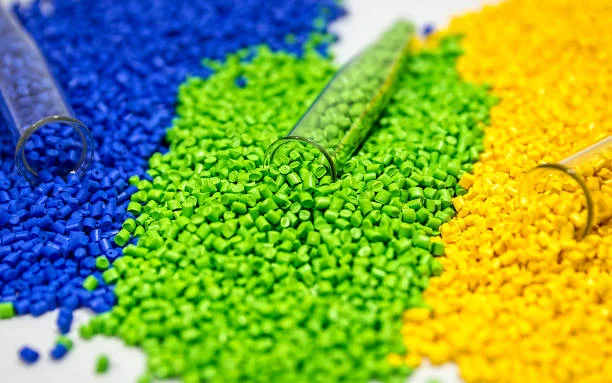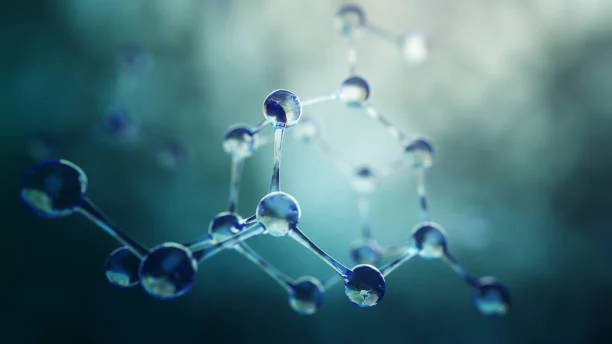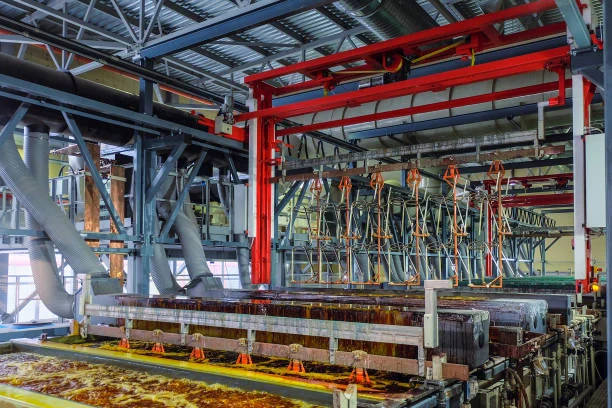
In the gold mining industry, the extraction of gold from refractory ores poses significant challenges. Refractory ores, which are characterized by insufficient gold recovery under traditional cyanide leaching conditions, have become an increasingly important part of the gold resource base as the proportion of easily processed ores diminishes. Gold in such ores is often in a state of fine dispersion within sulfide minerals, predominantly pyrite and arsenopyrite, making it difficult to access for cyanide solutions.
Understanding the Challenge of Refractory Ores
The resistance of these ores to direct Cyanidation is mainly due to the fine impregnation of gold within the dense structure of sulfide minerals. This physical encapsulation prevents cyanide from effectively reacting with the gold, resulting in low recovery rates. As a result, special processing methods are required to enhance the extraction of gold from these refractory ores.
Pretreatment Technologies for Refractory Ores
Oxidative Roasting
Oxidative roasting has been one of the traditional methods for processing sulfide gold - containing concentrates. During this process, gold - bearing sulfides are oxidized into a porous mass of oxides, which allows better penetration of cyanide solutions. However, this method has several drawbacks. It inevitably leads to environmental pollution through gaseous emissions of arsenic and sulfur. The need to dispose of highly toxic arsenic trioxide is also a major concern. Additionally, the formation of low - melting compounds and the removal of gold into arsenic sublimates during the roasting process can reduce the overall Gold extraction efficiency. For example, in some traditional roasting - based operations, the gold extraction rate from refractory ores may only increase from around 46.6% (direct cyanidation of the initial flotation concentrate) to about 85% after roasting.
Bacterial Oxidation (Biox)
Bacterial oxidation is a more environmentally friendly alternative. In this process, certain bacteria are used to oxidize the sulfide minerals, breaking down the matrix that encapsulates the gold. This makes the gold more accessible to cyanide. The advantages of this technology include the absence of toxic gaseous emissions. Arsenic is removed from the process in the form of low - toxic arsenate of iron. Experimental studies have shown that the use of Biox technology can increase the extraction of gold to 91.74% from refractory flotation concentrates, which is a significant improvement compared to direct cyanidation.
Autoclave Oxidation (Pox)
Autoclave oxidation involves subjecting the ore concentrate to high - temperature and high - pressure conditions in the presence of oxygen. This process effectively oxidizes the sulfide minerals. Preliminary autoclave oxidative leaching of flotation concentrate can provide a stably high recovery of gold with subsequent cyanidation, typically at the level of 94.9 - 96.5%. This method offers high extraction rates and is an important element in intensifying the technological process, improving the industrial safety of gold processing enterprises, and enhancing the working conditions of production personnel.
Additives and Their Role in Cyanidation
Cyanide - Reducing Additives
Cyanide is the most common reagent used in gold extraction, but its high consumption not only increases costs but also poses severe risks to the environment and human health. Extractech, an advanced biopolymer additive derived from algae, has been developed to address this issue. When added to the cyanidation process, it can act as a super - oxidant. It breaks the bonds of high - oxidation - reduction - potential (ORP) minerals in refractory ores. A chemical reaction occurs with the gold particles, leaving the gold more exposed to react with cyanide. As an additive to the existing cyanidation process, Extractech can reduce cyanide usage by up to 20 - 30% while increasing gold yields by 3 - 5%.
Other Additives
Other additives may be used to enhance the cyanidation process. For example, some additives can increase the "effective active oxygen" content in the pulp, which is beneficial for the cyanidation reaction. They can also have functions such as dispersion, helping to fully disperse the pulp and increase the effective contact between cyanide and gold. Additionally, they may have an impurity - removal function, eliminating or weakening the adverse effects of impurities in the pulp on gold leaching. Chelating additives can increase the dissolution of gold and eliminate impurity elements that affect gold leaching.
Process Optimization in Cyanidation
pH Control
Cyanide in the pulp undergoes a hydrolysis reaction, generating HCN, part of which volatilizes from the solution, resulting in cyanide loss and environmental pollution. During cyanide leaching, the solution must maintain a certain alkalinity to prevent the decomposition of cyanide. However, if the alkalinity of the cyanide solution is too high, it will reduce the dissolution rate of gold. Therefore, precise pH control is crucial for efficient cyanidation.
Leaching Time
As the leaching time increases, the gold leaching rate initially rises. However, after a certain point, further extending the leaching time does not significantly increase the gold leaching rate. Thus, it is necessary to ensure an appropriate leaching time to achieve effective gold extraction without unnecessary consumption of resources and time.
Oxygen Supply
The use of oxidants such as pure oxygen or other oxides in the leaching process can improve the leaching environment. For example, in the oxygen - resin leaching process, the addition of oxygen can effectively increase the leaching rate of gold and silver, accelerate the leaching speed, shorten the leaching time, and reduce the consumption of cyanide and lead nitrate.
Conclusion
Enhancing the cyanidation process for gold extraction from refractory ores requires a combination of appropriate pretreatment technologies, the use of effective additives, and precise process optimization. Pretreatment methods like bacterial oxidation and autoclave oxidation offer more environmentally friendly and efficient alternatives compared to traditional roasting. Additives can play a crucial role in reducing cyanide consumption and increasing gold recovery. By carefully controlling process parameters such as pH, leaching time, and oxygen supply, the gold mining industry can improve the extraction efficiency of refractory ores, making the extraction process more sustainable and economically viable.
- Random Content
- Hot content
- Hot review content
- Gold Ore Dressing Agent Safe Gold Extracting Agent Replace Sodium Cyanide
- butyl vinyl ether
- 99% Animal Feed Additive DL Methionine
- Ethyl alcohol /Ethanol 99.5%
- Sodium selenite,anhydrous 98%
- Fuel Additive Octane Value Booster Ferrocene
- Sodium nitrate
- 1Discounted Sodium Cyanide (CAS: 143-33-9) for Mining - High Quality & Competitive Pricing
- 2Sodium Cyanide 98% CAS 143-33-9 gold dressing agent Essential for Mining and Chemical Industries
- 3Sodium Cyanide 98%+ CAS 143-33-9
- 4China's New Regulations on Sodium Cyanide Exports and Guidance for International Buyers
- 5Anhydrous Oxalic acid 99.6% Industrial Grade
- 6Oxalic acid for mining 99.6%
- 7Reagent Grade/Industrial Grade Hydrochloric Acid min.31%
- 1Sodium Cyanide 98% CAS 143-33-9 gold dressing agent Essential for Mining and Chemical Industries
- 2High Quality 99% Purity of Cyanuric chloride ISO 9001:2005 REACH Verified Producer
- 3 High-Quality Sodium Cyanide for Leaching
- 4Powdery emulsion explosive
- 5Industry Grade Electron grade 98% Sulfuric Acid H2SO4 Sulphuric Acid Battery Acid Industrial Sulfuric Acid
- 6Colloidal emulsion explosive
- 7sodium hydrosulfide 70% flakes used Mining Industry












Online message consultation
Add comment: